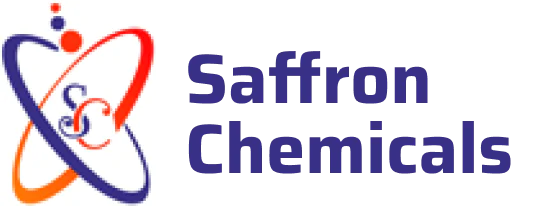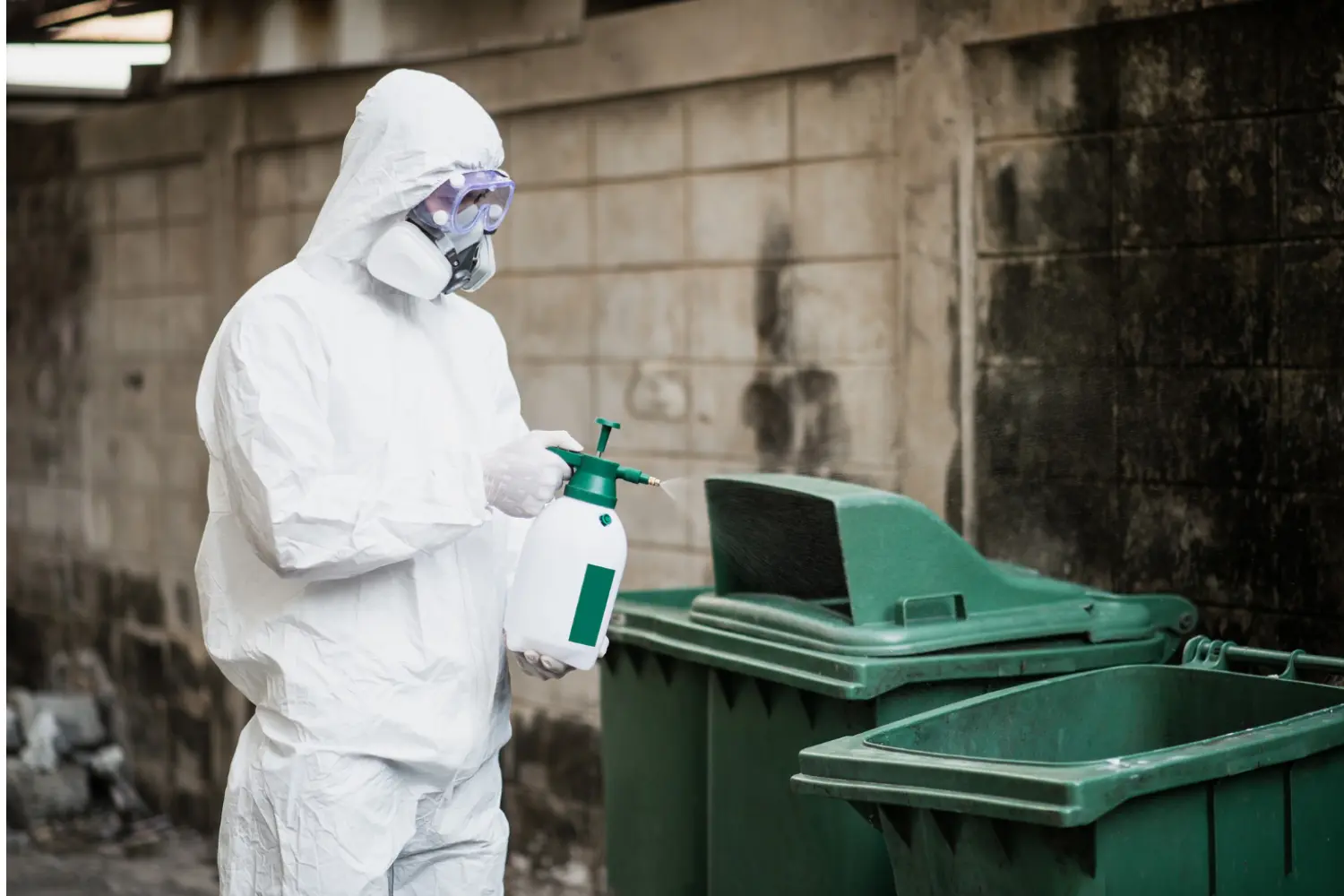How to Conduct a Safe and Efficient Chemical Waste Disposal
How can the safe and effective chemical waste disposal be achieved?
In laboratories and industries even minor chemical mishandling can result in costly accidents, regulatory penalties and contamination of the air, water and soil. Maintaining legal compliance, safeguarding workplace safety and preserving the environment all depend on knowing how to properly and safely dispose of chemical waste.
You can make a potentially dangerous procedure more efficient, accountable and sustainable by taking the appropriate actions.
Table Of Contents:
Importance Of Safe Chemical Waste Disposal
- In laboratories and industries improper chemical disposal can have a major negative impact on both human health and the environment.
- Managing chemical waste safely offers several significant advantages.
- Prevents air water and soil contamination.
- By preventing direct chemical contact, worker safety protects employees health and well-being.
- Industrial facilities can abide by environmental regulations and safety standards in nations like the UAE.
- Risks are decreased and uncontrolled spills are avoided through disaster management.
Different Steps Of Disposing Chemical Waste
1.Identify your chemical waste :
Determining the waste’s nature and hazard characteristics is a crucial first step in the management of chemical waste. This contains a few important points.
- Sort waste materials into groups like flammable absorbent and spillable.
- note if it is toxic, flammable, reactive or corrosive.
- Write the waste name hazard details and creation date on the label.
2.Set a hazardous waste storage space:
Setting up a secure system for storing hazardous waste is another crucial component of managing chemical waste. This can protect the environment and guarantee worker safety.
- Use sturdy leak-proof containers to keep waste contained so it doesn’t leak or spill.
- Select containers that can withstand chemicals based on the contents.
- To stop spills use bins or trays.
- Only trained personnel can enter a confined area which is a secured space with ventilation and refrigeration.
3.Proper storage for waste:
The appropriate storage of waste is a crucial component of chemical waste management. This promotes environmental preservation and workplace safety. An area with ventilation allows for safe storage without the spread of harmful gases.
- To prevent reaction risks keep chemicals at the recommended temperature.
- In accordance with regulations only authorized personnel are permitted to enter the waste storage area.
- To prevent them from reacting with other chemicals, separate them into distinct groups.
4.Types of common chemical waste disposal
- Chemical treatment & Neutralization
- Incineration
- Landfill disposal
- Recycling & Recovery
5.Record keeping
- At every stage note the date of generation, the amount and the method of disposal.
- Proof of adherence to industry standards and environmental laws including those in the United Arab Emirates.
- Accurate documentation aids in audits and inspections.
- Make use of records to increase the effectiveness of the current disposal procedure.
Tips For Dispose Chemical Waste
- First determine the waste type and hazard category.
- Keep chemicals apart and store them so they don’t react with one another.
- Use chemical-safe and leak-proof containers.
- On each container write the waste name, the category of hazard and the date. Safe disposal techniques include recycling, recovery, landfilling, incineration and neutralization.
- Keep spill kits on hand at all times to avoid unplanned spills.
- Provide workers with instruction on proper handling storage and disposal practices.
- Adhere to industry norms and environmental laws including those set forth by the UAE.
FAQ
Improper disposal of chemical waste can seriously endanger both human health and the environment.
Because certain chemicals react with one another and can result in fires or explosions they should be stored separately.
Recycling and recovery, landfill disposal, incineration and neutralization are the primary disposal techniques.

